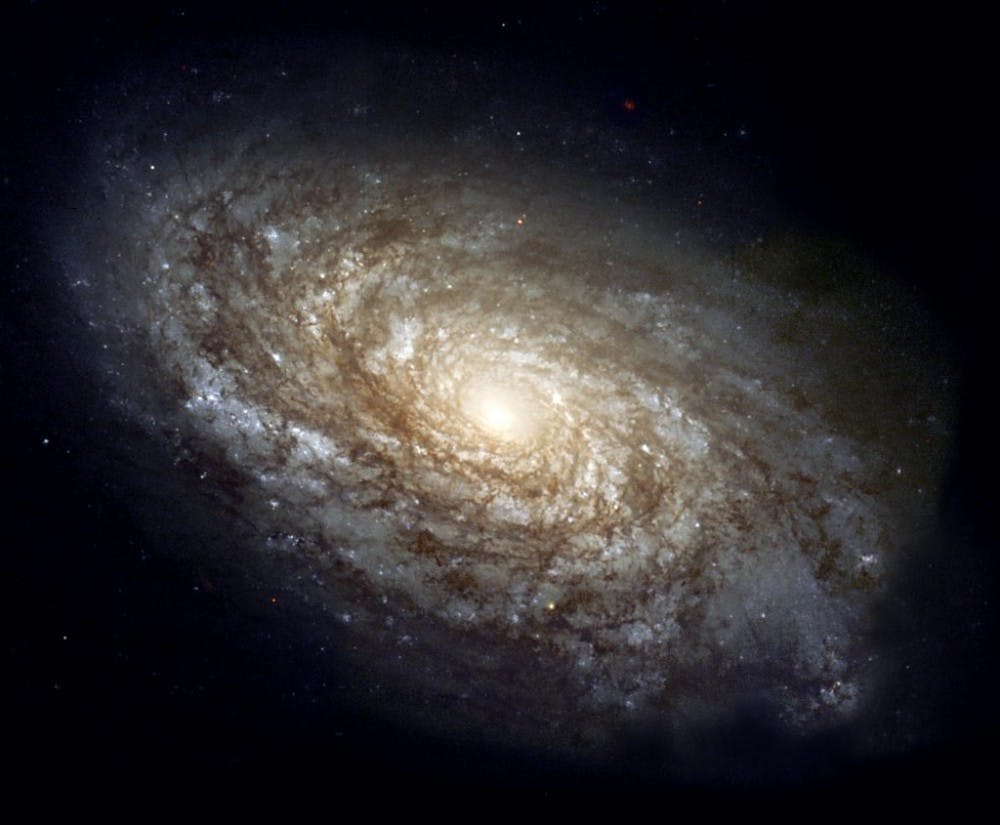The universe is nearly 14 billion years old, approximately 23 million times as old as civilization. Astronomers have been assigned the daunting task of discovering exactly how this universe came to be what will happen to it in the future.
Astronomers are limited in what they can see in the short window of time we have been studying the universe, observing stars and galaxies millions of light years away. From those observations, they have been able to deduce details about how the solar system, and even the universe, came into existence.
In the past few decades, astronomers have developed a new tool to use in their arsenal of decoding the universe far more powerful than any before it: a device called the ALMA, or Atacama Large Millimeter Array.
According to the ALMA website, this tool, which first came into use in 2011 and reached its full potential in 2013, is able to see for greater distances and with more detail than any astronomical observation device before it. It can look at the beginnings of stars and galaxies that can now only be seen because their light has dispersed to millimeter and submillimeter wavelengths thousands of light years away.
Recently ALMA has aided in making observations that help scientists uncover the creation of the Milky Way galaxy. Two small galaxies very similar to the Milky Way were recently seen with ALMA. Their behavior now may indicate what the Milky Way galaxy was like at that age.
These galaxies have super halos of hydrogen gas that extend beyond their disks, according to astronomers at the University of California, Santa Cruz (UCSC).
ALMA was able to detect these galaxies because of something called a quasar, an extremely far-off object which gives off large quantities of energy powered by immense black holes in the center of the quasar’s galaxy.
The light energy travels from the quasar to earth, where we are able to intercept the wavelengths of light with ALMA. As this light travels through space, it picked up these galaxies’ unique spectral signature. Now when those signatures reach earth we are able to tell what lies between Earth and the quasars.
Previously these signals were overridden by the incredible amounts of light energy coming from the quasars, but with ALMA such small, detailed measurements can be made that for the first time. We can detect objects like these smaller galaxies.
“We can now see the galaxies themselves, which gives us an amazing opportunity to learn about the earliest history of our own galaxy and others like it,” Marcel Neeleman, a postdoctoral fellow from UCSC, said in a press release.
With this data from ALMA, researchers saw immense separation between ionized carbon in the star forming region in these galaxies and the rest of the gas in these galaxies, suggesting that the stars were only forming in a certain section of the galaxy. Therefore a large amount of gas remained on the outskirts of these galaxies and created what researchers are calling a super halo.
By the parts of the quasar light absorbed on the outskirts of the galaxy, the astronomers are able to determine that the gas in these super halos is made of large quantities of hydrogen gas.
ALMA has also been able to observe that these galaxies are already rotating at speeds of approximately 100 and 25 solar masses per year. The rotation is an important part of galaxy formation, since it causes the force required for planets and other masses to collide, form and grow into something that looks like the Milky Way.
With the help of ALMA, astronomers have been able to discover a piece of the puzzle that is the history of the Milky Way. It helps explain how galaxies can grow so large and where the matter comes from.
Uncovering another piece of the mystery that is the universe’s history and witnessing galaxies so similar to the Milky Way suggests the possibility that other galaxies and perhaps other solar systems much like the Milky Way have existed, do exist or will exist again in the future.





